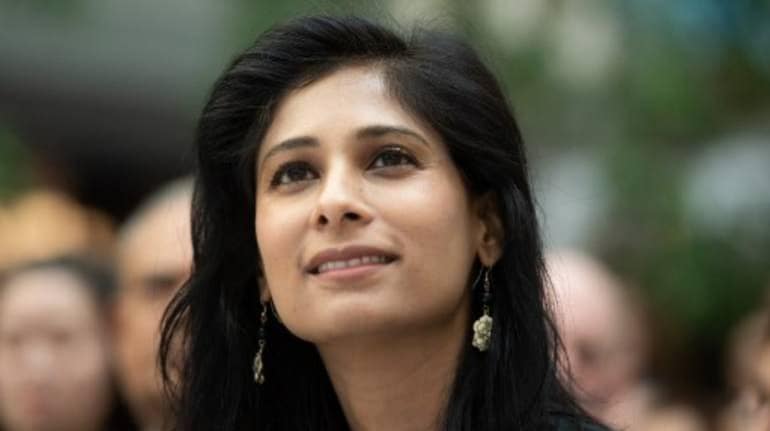



In a business-as-usual scenario without a significant global vaccination plan, the vaccine coverage in India is expected to remain under 35 percent of the population by the end of 2021, a report penned by International Monetary Fund (IMF) economist Ruchir Agarwal and IMF's Chief Economist Gita Gopinath, has said.
The report proposed a $50 billion plan to end the Covid-19 pandemic, with a target of vaccinating at least 40 percent of the world's population by the end of 2021
On May 21, the Health Ministry said the cumulative number of COVID-19 vaccine doses administered in the country has exceeded 19 crore. The government's CoWin portal showed that this breaks down to 14.4 crore people getting their first dose while 4.14 crore getting their second dose.
The report says that more than 1.1 billion vaccine doses had been administered globally by the end of April 2021. The International Federation of Pharmaceutical Manufacturers & Associations (IFPMA), which represents pharmaceutical companies around the world, projects an accelerating supply of vaccines. It had stated on April 23 that current projections to produce close to 10 billion doses by the end of 2021 is thought to be feasible.
The authors pointed out that while these estimates remain subject to significant downside risks due to the fragility of the supply chain, the pace of global vaccination reached 20 million doses per day as of the end of April 2021
"This is equivalent to 0.25 per 100 people in the world. Even at this pace, under the baseline we should expect conservatively at least 6 billion vaccine doses produced and administered worldwide by the end of 2021. For our business-as-usual projections of vaccine coverage by the end of 2021, we take this conservative estimate of 6 billion doses and treat the industry baseline of 10 billion doses as a potential upside scenario," the report said.
The rate of vaccination in India has swung back and forth, broadly declining over the past two months, mostly owing to a shortage of vaccines. While an average 40 lakh odd doses were administered at the beginning of April, it had dropped to 20 lakh doses, on an average, in the beginning of May. The highest number of doses administered on a single day was 42 lakhs on April 2.
The report mentioned that while India’s health system held up fairly well in the first wave, this time around its health system is so overwhelmed that many are dying because of a lack of medical supplies like oxygen, hospital beds, and medical care. "India is a warning of possible events in other low- and middle-income countries (LMICs) that so far have seemingly escaped the pandemic, including in Africa," it said.
After daily cases remained above the three-lakh mark for 25 straight days in a row, India has seen cases dip below that level for the past three days.
Discover the latest Business News, Sensex, and Nifty updates. Obtain Personal Finance insights, tax queries, and expert opinions on Moneycontrol or download the Moneycontrol App to stay updated!
Find the best of Al News in one place, specially curated for you every weekend.
Stay on top of the latest tech trends and biggest startup news.